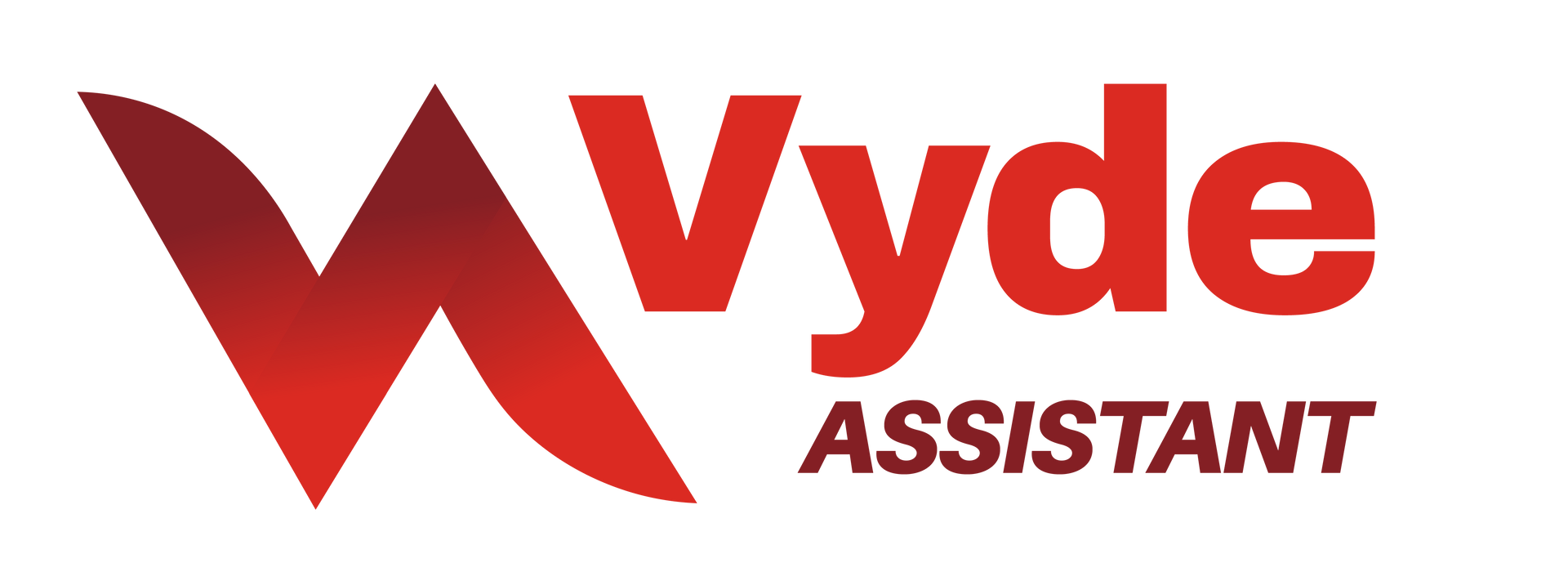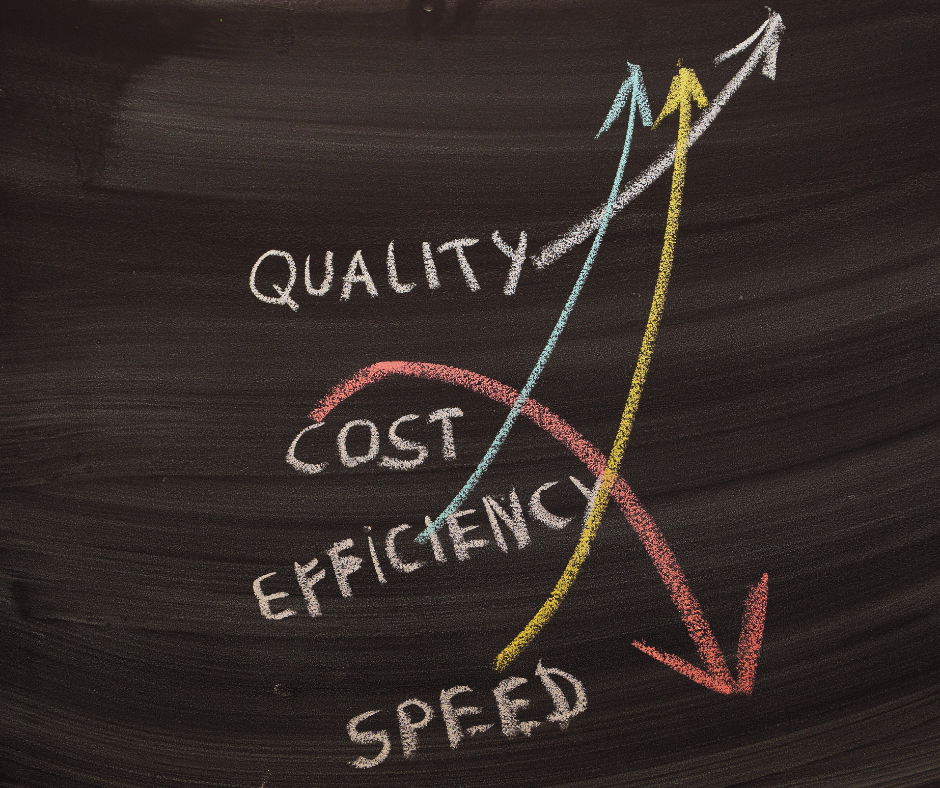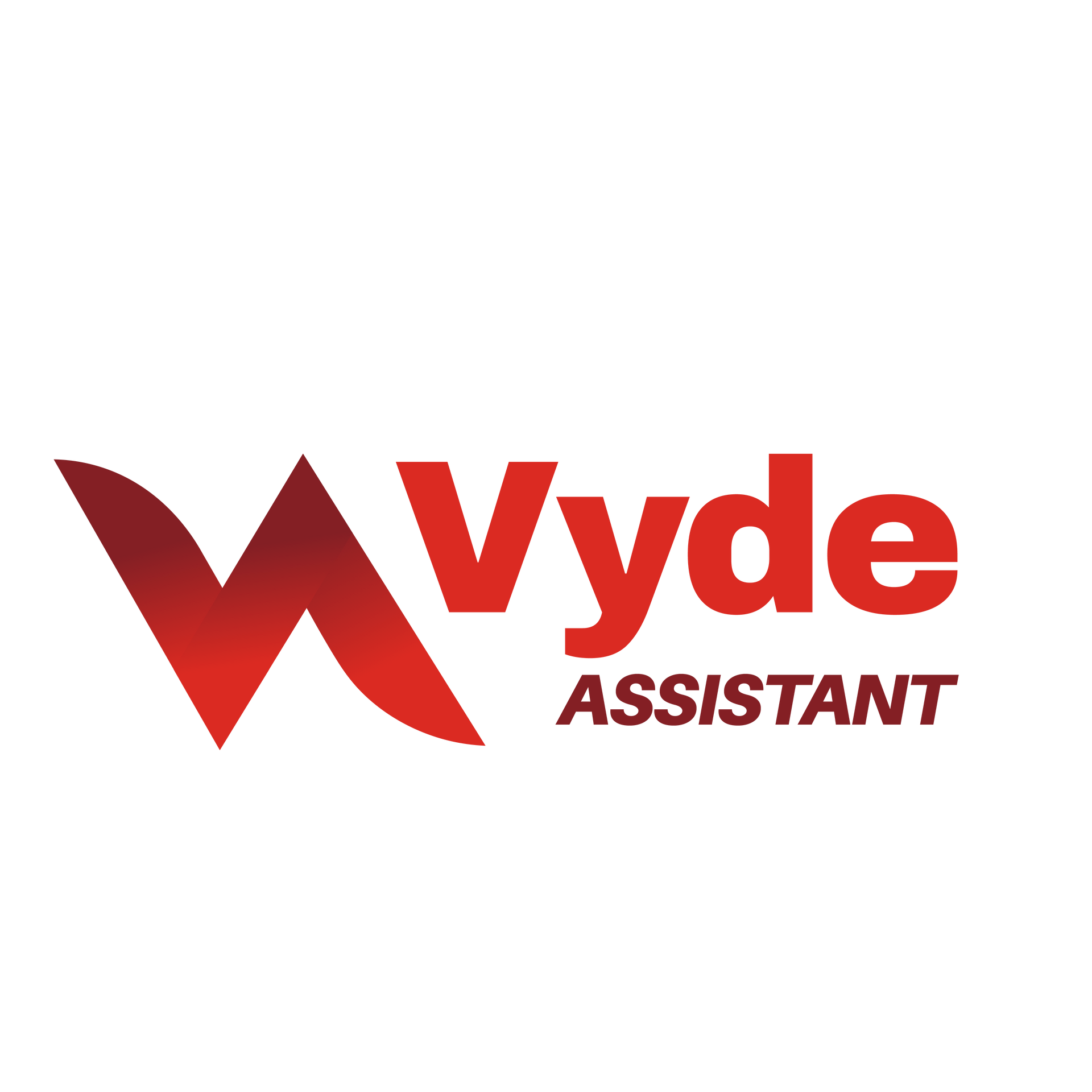How to Set Clear Goals When Working with a Virtual Assistant
How to Set Clear Goals When
Working with a Virtual Assistant

A productive relationship with a virtual assistant goes far beyond simply handing off tasks. It's a strategic alliance built on a foundation of clear, well-defined goals. Without this clarity, the partnership can lead to frustration and a breakdown of trust. This guide will walk you through the essential steps to transform your VA relationship from a transactional arrangement into a powerful collaboration that drives productivity and unlocks your business's potential.
The Cost of Vague Goals
The remote nature of working with a VA means they rely entirely on the clarity of your instructions. When goals are vague, it can lead to a cascade of negative consequences. For example, if you tell your VA to "make my email work better," they might simply add color-coded tags, while you were expecting them to achieve "inbox zero". This mismatch erodes trust, and the client often reverts to micromanagement, defeating the purpose of hiring a VA in the first place. This lack of clarity can lead to aimless work, burnout, and ultimately, the failure of the partnership.
The Blueprint for Success: Foundational Frameworks
To set your partnership up for success, you need to move beyond simple to-do lists and embrace structured goal-setting frameworks.
The SMART Framework
The SMART framework transforms vague ideas into actionable objectives. A SMART goal is:
- Specific: It clearly answers the "what," "why," and "who". Instead of "make my email work better," a specific goal would be, "Set up a system to organize my inbox by categorizing all my emails using the Eisenhower matrix and color-coded tags".
- Measurable: It includes criteria for measuring progress. For the email example, a measurable goal is to "reduce the number of unread emails by 50% by EOM (end of month)".
- Achievable: The goal should be realistic given the available resources and time.
- Relevant: The task must align with your broader business objectives. The VA should understand how their work contributes to the bigger picture.
- Time-bound: A clear deadline creates urgency and prevents procrastination.
The OKR Framework
While SMART goals are great for individual tasks, the OKR (Objectives and Key Results) framework provides a top-down, strategic approach. An OKR aligns a VA's daily work with your high-level business vision. For example, if your business objective is to "Acquire 12 new clients by the end of the year", the VA's OKR could be:
- Objective: Enhance productivity and proactivity to increase qualified leads.
- Key Results:
- Generate 15% more qualified leads through targeted content marketing campaigns.
- Improve conversion rates by 10% with engaging, persuasive service descriptions.
- Take initiative on three projects requiring comprehensive documentation without being prompted.
This framework ensures every task is strategically meaningful and contributes directly to your long-term success.
The Delegation Protocol: From Vision to Action
Once your goals are set, a clear delegation protocol is crucial.
1. Define the Role and Responsibilities
Start by clearly outlining what the VA is and is not responsible for. Provide the "why" behind the work to empower your VA to make more effective decisions.
2. Use a Work Breakdown Structure (WBS)
For complex projects, a WBS is a powerful tool to deconstruct a large goal into smaller, manageable components. It breaks down the project from the overall goal to major deliverables and, finally, into "work packages," which are the smallest, single-person tasks. This process transforms an overwhelming project into a series of achievable steps and provides a clear framework for tracking progress.
3. Craft Flawless Instructions
Clear, concise, and explicit instructions are essential for quality results. A comprehensive task brief should include:
- Background and Purpose: Explain why the task is important.
- Specifications: Define the desired outcomes and non-negotiable steps.
- Resources: Provide secure access to all necessary tools and documents.
- Timeframe: Set a clear deadline.
- Update Requirements: Specify how and when the VA should provide progress updates.
To supplement written instructions, consider using visual aids like video walkthroughs created with tools like Loom to prevent repetitive questions and ensure the VA has an unambiguous understanding of the task.
Cultivating a Strong Partnership
A productive partnership requires more than just goal setting; it needs trust and open communication. Avoid the common mistake of micromanagement, which undermines your VA's confidence.
Focus on Outcomes
Once you've provided clear instructions, trust your VA to handle the "how." Focus on the results rather than getting bogged down in the minor details of their process.
Provide Context
Always explain the rationale behind a task and how it contributes to the larger objective. This empowers your VA to take greater ownership of their work.
Encourage Dialogue
Foster an environment where your VA feels comfortable asking questions and providing feedback without fear of criticism. A systematic feedback loop, where delegation, feedback, and adjustment are in a continuous cycle, ensures the ongoing health and growth of the relationship.











